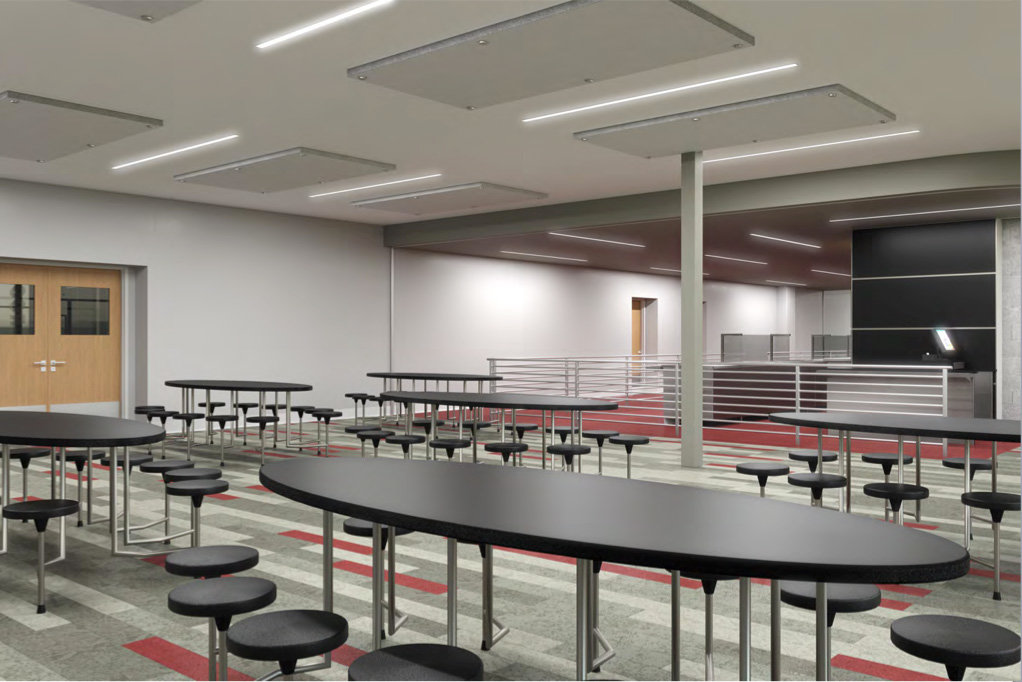Will third time be the charm?
Glen Cove City school district prioritizes health, safety and education in bond proposal
Although members of the Glen Cove City School District Board of Education were distraught after the district’s second attempt to pass a bond failed in October, the board wasted no time in preparing the next proposal. After holding several public workshop sessions and tours around the district, trustees presented a draft of their latest bond proposal at a meeting on Dec. 18.
The first measure, rejected in a public vote on March 11, totaled $84.6 million. The second proposal was for $78 million, and this one adds up to just under $46 million. District officials said they hoped the 41 percent decrease would ease residents’ worries about taxes while adequately funding the critical renovations needed at all six school buildings.
Superintendent Maria Rianna said the board had reviewed the previous proposals and prioritized work that is crucial if the schools are to comply with state and federal building codes. “We’re trying to take a step in the right direction to secure the safety and security of our students and staff,” Rianna said.
The newest plan calls for the renovation of at least two restrooms in each building in order to make them compliant with the American with Disabilities Act. There is also a need to replace several fire-escape windows, which are either too heavy to open or not large enough for people to escape through. Classrooms would be added at several schools to address overcrowding. Some classes are now taught in a basement, while elsewhere, mobile desks are used to move classes to unoccupied areas.
Architect Michael Mark, of Mark Design Studios, went over the proposed renovations at the meeting. He detailed the deteriorated state of district buildings’ doors and heating and cooling systems. He explained that while the district could shop around for values on these replacements, the bulk of the cost would be the labor of installing them — rates that are set by the state and unions, and vary little among contractors. When some residents asked why the equipment couldn’t be repaired, district officials said that replacing it would actually be more cost-effective.
“We don’t get state aid for repairs,” explained board Vice President Monica Alexandris-Miller. “We only get it for replacements. Whatever the cost is when we’re renovating or replacing something, about 33 percent of that comes back to the district.”
While the majority of the audience at the meeting appeared to support the new bond, many shared their concerns about the misinformation that was spread before the previous two bond votes. Carolyne Dilgard-Clark, a local parent, said the district needed to get into the community to present their ideas and take advantage of advertising opportunities around the city. Rick Smith, who said he had opposed the two previous bonds, contended that the district needed more public input on this one, saying that there had been only a handful of people at the public workshop session on Dec. 3.
State Assemblyman Charles Lavine, who attended the meeting, addressed the spread of misinformation. Lavine had previously helped the district secure a $250,000 grant to renovate the high school’s science labs, which have fallen into disrepair. When the last bond failed to pass, Lavine said, he heard rumors that residents hadn’t voted for it because the district had yet to use the grant money to repair the labs, and they believed it had gone elsewhere. Lavine said the plan was to combine the grant with the bond in order to complete a full renovation of the labs rather just “cosmetic changes.”
“I wanted to set the record straight on this,” Lavine said, “for those who would try to use this argument in bad faith.”
The district will hold a public hearing to discuss the bond proposal at the next Board of Education meeting on Jan. 8. The district could officially propose this third bond at the end of that meeting, and it could be put to a public vote as early as March 19.
But one parent, Maria Ruffin, said that because of the previous failures, she was losing hope that real change can come to the district. “When I see the schools, I see neglect,” Ruffin said. “We need schools that look inviting, not like they’re being foreclosed. We have to do this for our kids.”






